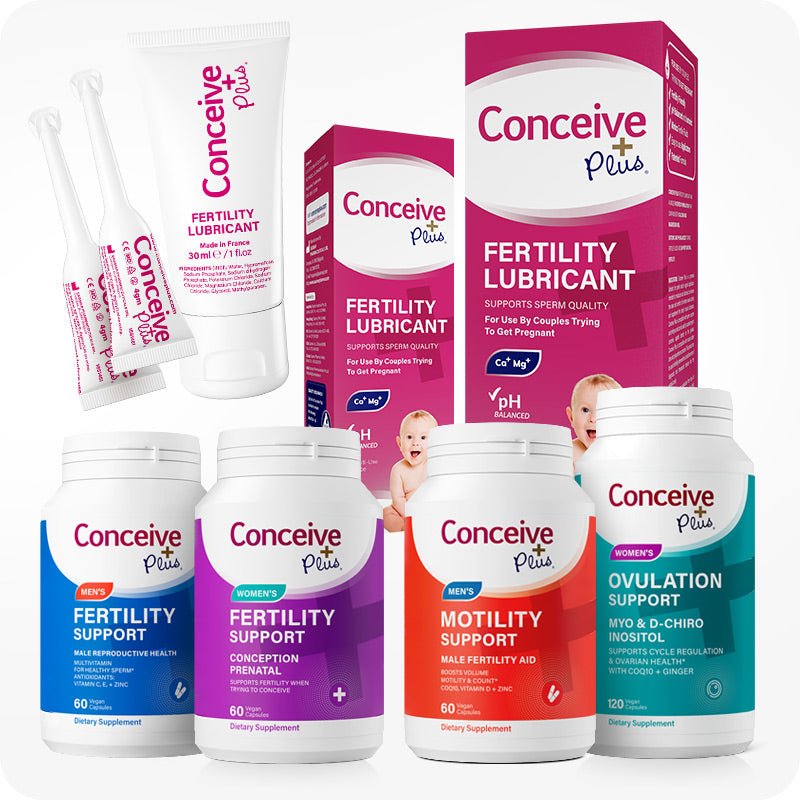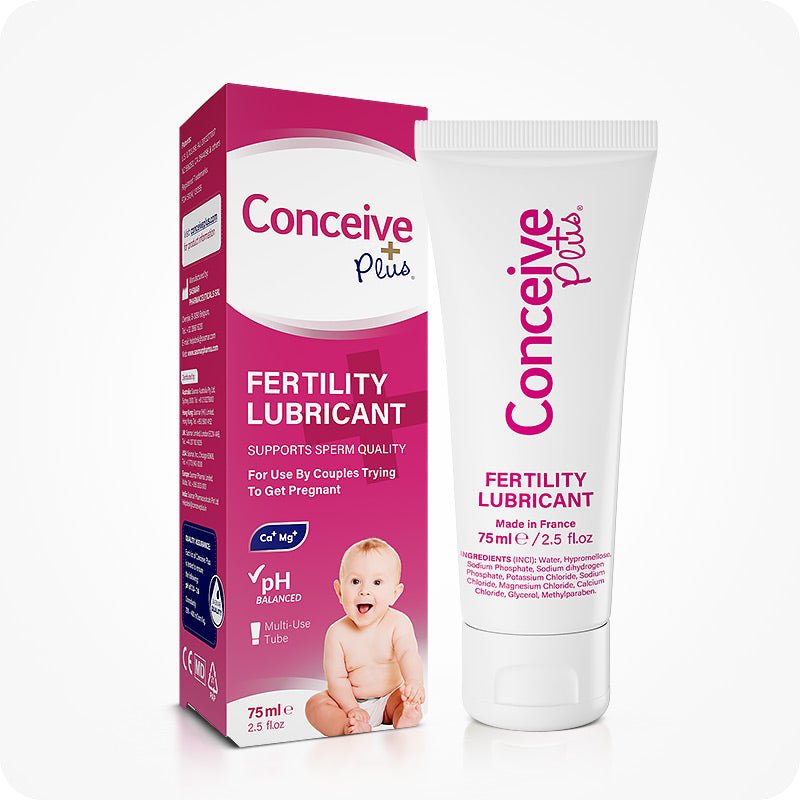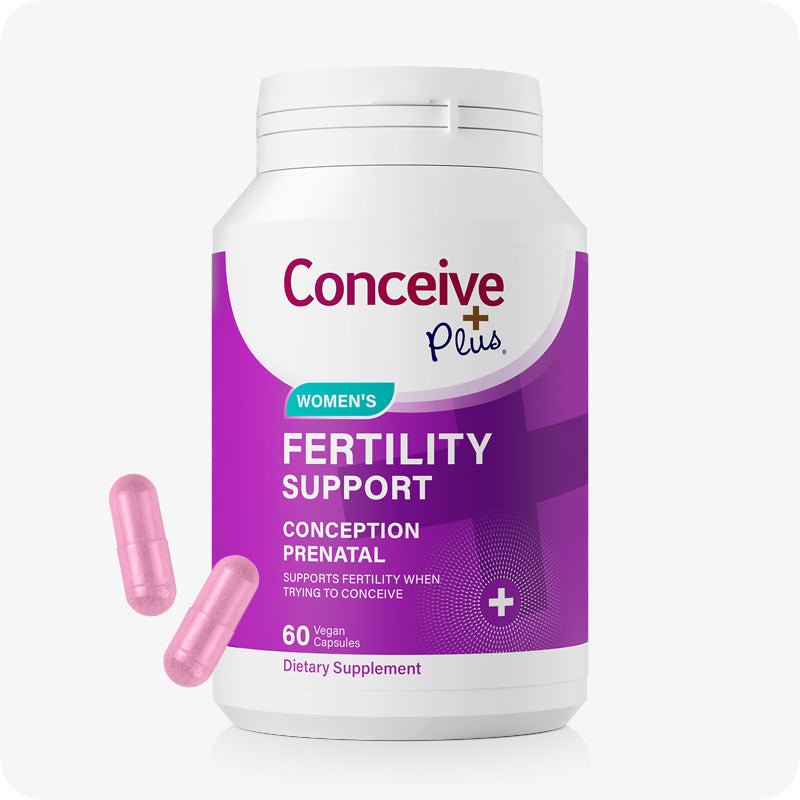Key Characteristics and the Image of Healthy Sperm

A healthy sperm is a major aspect of male fertility, and an unhealthy sperm can be the possible reason behind male infertility.
The difference between the image of a healthy sperm and an unhealthy sperm can provide important clues about a man's reproductive health.
A healthy normal sperm photo contains a smooth, oval head and a long, straight tail that helps it swim effectively [1].
Viewing an accurate image of healthy sperm can also help identify abnormalities in sperm shape, count, or motility when compared with laboratory results.

This article is a brief guide on the difference between healthy and unhealthy sperm images. We will also discuss what those differences in sperm structure mean for male reproductive health and how you can correct them.
Why is Sperm Health Important?
Healthy sperm increases the chances of successful fertilization [2]. Poor sperm health can lead to difficulties in conceiving and may be a sign of underlying health issues. If you know what a healthy sperm looks like, it helps in early diagnosis and treatment of fertility issues.
Here is why healthy sperm is an important aspect of male reproductive health:
Fertility and Conception: Healthy sperm can swim efficiently in the female reproductive tract and are more likely to reach and fertilize an egg. This increases the chances of successful conception.
Genetic Health: Healthy sperm carry intact or healthy DNA, which is essential for developing a healthy embryo. Damaged or fragmented DNA in sperm can lead to genetic abnormalities and increase the risk of miscarriage [3]. It also increases the risk of developmental issues in the offspring.
What Does a Healthy Sperm Look Like?
When you are evaluating a picture of sperm to see whether it is healthy, here is what you should look for:
Shape and Structure
Pictures of healthy sperm cells contain an oval head, a midpiece, and a long tail.
The sperm head contains the genetic material (DNA) necessary for fertilization. The midpiece contains mitochondria, which are the source of energy for movement. The tail is essential for the sperm to be able to swim towards the egg.
Here are the key features of healthy sperm images:
- Oval Head: The head should be smooth and oval-shaped.
- Midpiece: The midpiece should be thick and connect the head to the tail.
- Tail: The tail should be long and straight, allowing efficient movement.

Characteristics of An Unhealthy Sperm
Unhealthy sperm pictures can appear in various forms, and those abnormal forms may indicate fertility issues and other health conditions. Here are some characteristics of unhealthy sperm:
Abnormal Head Shape
- Round or Misshapen Head: An unhealthy sperm has a round or misshapen head, unlike the oval-shaped head in the pics of healthy sperm. This irregularly shaped head can impair the sperm's ability to penetrate the egg.
- Large or Small Head: Significantly large or small head size of a sperm can indicate underlying genetic problems.

Poor Motility
- Slow Movement: Unhealthy sperms move slowly or in an irregular pattern, which reduces their chances of reaching the egg.
- Non-Motile Sperm: Some healthy sperms don’t move at all. Having no movement makes it nearly impossible for the sperm to move through the female reproductive tract and reach the egg.
Structural Issues
- Short or Coiled Tail: If a sperm has a short or coiled tail, it can hinder the sperm's ability to swim effectively.
- Fragmented DNA: A sperm with no structural abnormalities but fragmented DNA is also an unhealthy sperm. This type of sperm may lead to unsuccessful fertilization or developmental problems in the embryo.
Factors Affecting Sperm Health
Various factors, including lifestyle choices, environmental exposures, and medical conditions, can affect sperm health.
A poor diet lacking in essential nutrients can negatively influence the production of healthy sperm. Similarly, a sedentary lifestyle and its associated conditions, such as obesity, can also harm sperm health [4].
Research shows that exposure to harmful substances like tobacco, alcohol, and recreational drugs can damage sperm health and negatively influence overall male reproductive health [5].
Additionally, infections in the reproductive tract, such as sexually transmitted infections (STIs), can impair sperm production and function [6].
How to Improve Sperm Health
The first step in improving sperm health is addressing the underlying medical condition responsible for unhealthy sperm.
When you don’t have any medical condition affecting sperm health, you can take the following measures to improve sperm health:
-
Maintain a Healthy Diet
Eat foods rich in antioxidants for sperm health, such as berries, nuts, and leafy greens. Antioxidants protect sperm cells from the damage of oxidative stress and promote sperm health.
Also, add essential minerals such as Zinc and Selenium to your diet, as they are strongly associated with producing healthy sperm.
-
Exercise Regularly
Studies show that regular exercise can improve overall health and boost sperm quality [7]. Aim for at least 30 minutes of moderate exercise most days of the week.
However, avoid excessive training as it can lead to damage to the reproductive organs and negatively affect sperm health. We recommend adopting moderation in exercise for maximum fertility benefits.
-
Avoid Harmful Substances
It is important to quit smoking and alcohol consumption as they can harm sperm health and reduce fertility.
You must also avoid recreational drugs for maintaining sperm health because they can negatively influence sperm production and overall reproductive health.
-
Manage Stress
High stress levels can negatively impact sperm health and overall male fertility [8]. Adopt stress management techniques such as meditation and yoga to improve sexual health.
Additionally, get proper sleep as it supports hormonal balance, which is essential for healthy sperm production.
When to Seek Medical Advice
If you are worried about your sperm health or having trouble conceiving, it’s important to consult a doctor and seek expert advice. The doctor will perform tests to check your sperm health and suggest treatments accordingly.
Fertility Testing
- Semen Analysis: Semen analysis is a test that checks the sperm count, sperm motility, and image of a sperm in a semen sample. It helps assess sperm health and fertility.
- Hormonal Testing: Hormonal imbalances can affect sperm production and overall reproductive health. Hormonal testing involves checking your hormone levels to understand reproductive health.
Treatment Options
- Medications: Some medications can help boost sperm production and improve sperm quality. Your doctor can prescribe you such medicines based on your condition.
- Assisted Reproductive Technologies (ART): Assisted reproductive technologies like IVF and ICSI can help when sperm quality is an issue for successful conception. These techniques improve the chances of conception by directly helping sperm fertilize an egg.
FAQs
-
What does the image of watery sperm look like?
Watery sperm typically appear thin and less dense, often lacking the thick, gel-like consistency of healthy sperm. This may indicate a problem with the male reproductive system.
-
What does healthy sperm look like pictures?
Healthy sperm typically appears as a well-defined, oval head with a long, straight tail. It is usually more concentrated and less watery in appearance.
The Bottom Line
For men, knowing what healthy sperm looks like and how unhealthy sperm can affect fertility is important. It helps in the early detection of reproductive problems and makes it possible to apply effective treatment options.
Consulting an expert with a clear reference to an image of healthy sperm can be a useful step toward accurate diagnosis and fertility planning.
In addition to medical management, you can improve sperm health by focusing on eating well, exercising regularly, and avoiding harmful habits. By making these changes, you can boost your fertility and overall health. Remember, taking care of your sperm health is a key step towards better reproductive health.
Resources Used
- Agarwal, A., Sharma, R., Gupta, S., Finelli, R., Parekh, N., Panner Selvam, M. K., Henkel, R., Durairajanayagam, D., Pompeu, C., Madani, S., Belo, A., Singh, N., Covarrubias, S., Darbandi, S., Sadeghi, R., Darbandi, M., Vogiatzi, P., Boitrelle, F., Simopoulou, M., . . . Shah, R. (2022). Sperm Morphology Assessment in the Era of Intracytoplasmic Sperm Injection: Reliable Results Require Focus on Standardization, Quality Control, and Training. The World Journal of Men's Health, 40(3), 347-360. https://www.ncbi.nlm.nih.gov/pmc/articles/PMC9253798/
- Moretti, E., Signorini, C., Noto, D., Corsaro, R., & Collodel, G. (2022). The relevance of sperm morphology in male infertility. Frontiers in Reproductive Health, 4. https://www.ncbi.nlm.nih.gov/pmc/articles/PMC9580829/
- Pourmasumi, S., Sabeti, P., & Ghasemi, N. (2022). Male factor testing in recurrent pregnancy loss cases: A narrative review. International Journal of Reproductive Biomedicine, 20(6), 447-460. https://www.ncbi.nlm.nih.gov/pmc/articles/PMC9358234/
- Palmer, N. O., Bakos, H. W., Fullston, T., & Lane, M. (2012). Impact of obesity on male fertility, sperm function and molecular composition. Spermatogenesis, 2(4), 253-263. https://www.ncbi.nlm.nih.gov/pmc/articles/PMC3521747/
- Finelli, R., Mottola, F., & Agarwal, A. (2021). Impact of Alcohol Consumption on Male Fertility Potential: A Narrative Review. International Journal of Environmental Research and Public Health, 19(1). https://www.ncbi.nlm.nih.gov/pmc/articles/PMC8751073/#:~:text=In%20addition,%20chronic%20alcohol%20intake,men%20[117,118].
- Khalafalla, K., Ansari, W. E., Sengupta, P., Majzoub, A., Elbardisi, H., Canguven, O., El-Ansari, K., & Arafa, M. (2023). Are sexually transmitted infections associated with male infertility? A systematic review and in-depth evaluation of the evidence and mechanisms of action of 11 pathogens. Arab Journal of Urology: An International Journal, 21(4), 216-232. https://www.ncbi.nlm.nih.gov/pmc/articles/PMC10763591/
- Belladelli, F., Basran, S., & Eisenberg, M. L. (2023). Male Fertility and Physical Exercise. The World Journal of Men's Health, 41(3), 482-488. https://www.ncbi.nlm.nih.gov/pmc/articles/PMC10307666/
- Ilacqua, A., Izzo, G., Emerenziani, G. P., Baldari, C., & Aversa, A. (2018). Lifestyle and fertility: The influence of stress and quality of life on male fertility. Reproductive Biology and Endocrinology : RB&E, 16. https://www.ncbi.nlm.nih.gov/pmc/articles/PMC6260894/













